Creating a revision summary is an effective way to condense and organize key information for better retention and quick reference. Here's a step-by-step guide to help you make a revision summary: Review Your Notes: Start by going through your class notes, textbooks, and any additional study materials you have gathered. Identify the most important concepts, formulas, definitions, and examples that you need to remember. Identify Key Topics: Divide your subject into key topics or sections. For example, in math, you might have topics like algebra, geometry, calculus, and statistics. In history, you might have topics such as World War II, the French Revolution, or the Industrial Revolution. Condense Information: Within each topic, condense the information by summarizing the main points. Use bullet points, short sentences, or diagrams to make the summary concise and easy to read. Focus on capturing the essential ideas and key details without getting too overwhelmed by minor details. Organize and Structure: Arrange the topics and their corresponding summaries in a logical and organized manner. You can use headings, subheadings, or numbering to create a clear structure. This will help you locate information quickly during your revision sessions. Visualize Information: Utilize visual aids such as mind maps, flowcharts, diagrams, or tables to represent complex relationships or processes. Visualizing information can enhance understanding and aid in memory recall. Highlight Key Terms and Formulas: Emphasize important terms, formulas, equations, or definitions by using bold or underlined text. Highlighting key information makes it stand out and helps draw your attention during revision. Add Examples and Practice Questions: Include examples and practice questions related to each topic. These will help reinforce your understanding and provide an opportunity to apply the knowledge you have learned. Use Color and Formatting: Incorporate color-coding or formatting techniques to distinguish between different sections, subtopics, or levels of importance. This can make your summary visually appealing and easier to navigate. Review and Refine: Regularly review and refine your revision summary. As you progress in your studies, update the summary with any new information or insights you have gained. Continuously refine it to ensure it remains concise and relevant. Regularly Refer to Your Summary: Make it a habit to revisit and review your summary during your revision sessions. Use it as a quick reference guide to refresh your memory, reinforce concepts, and practice problem-solving. Remember, everyone has their own learning style, so adapt these steps to suit your preferences. Experiment with different techniques until you find a revision summary format that works best for you. Regularly engage with your summary to consolidate your knowledge and boost your confidence as you prepare for exams or assessments.
Shares:







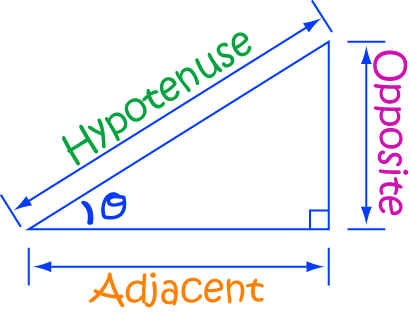



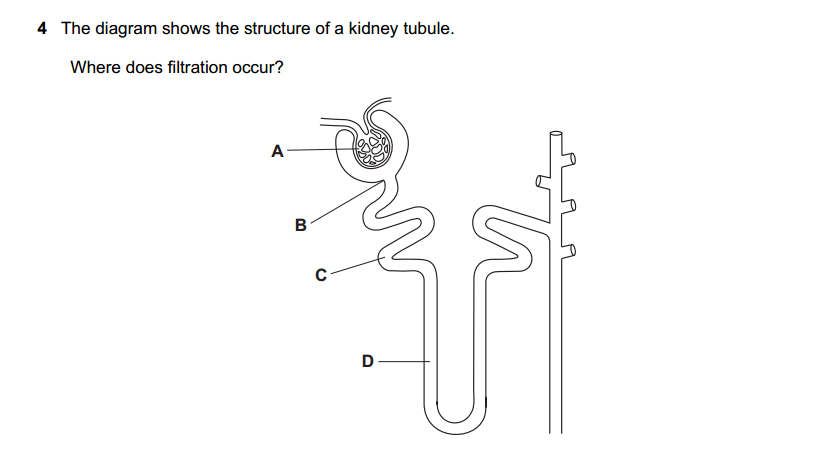
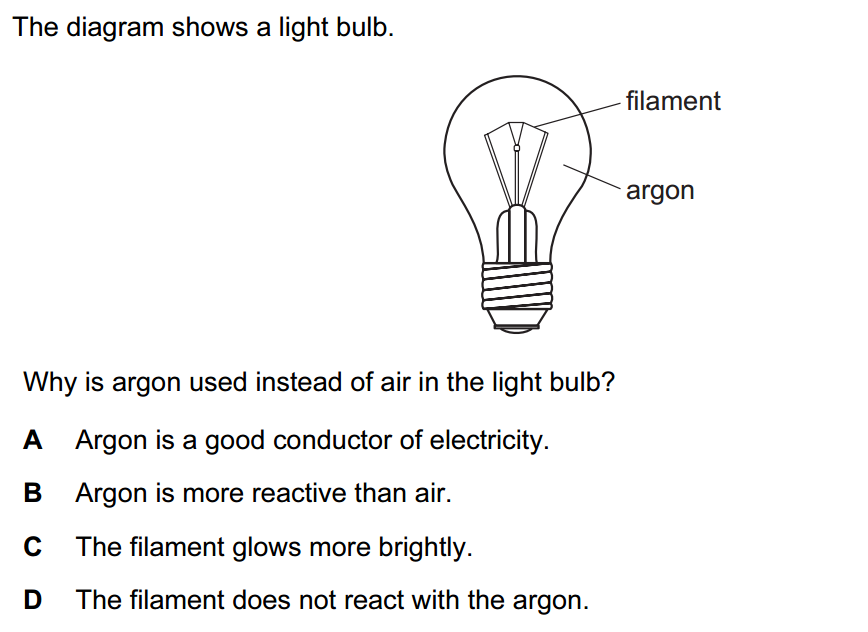











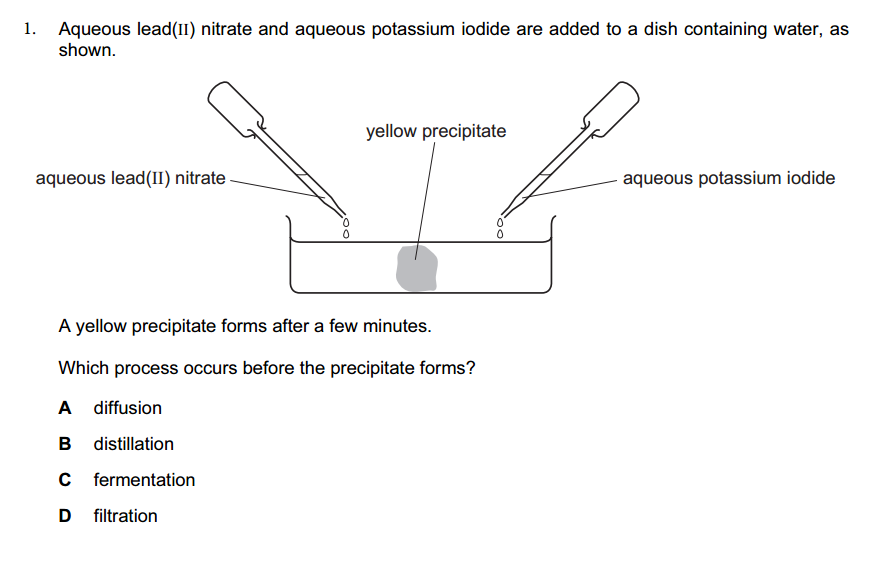
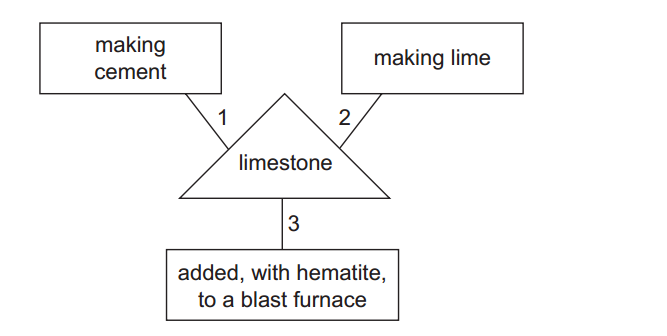
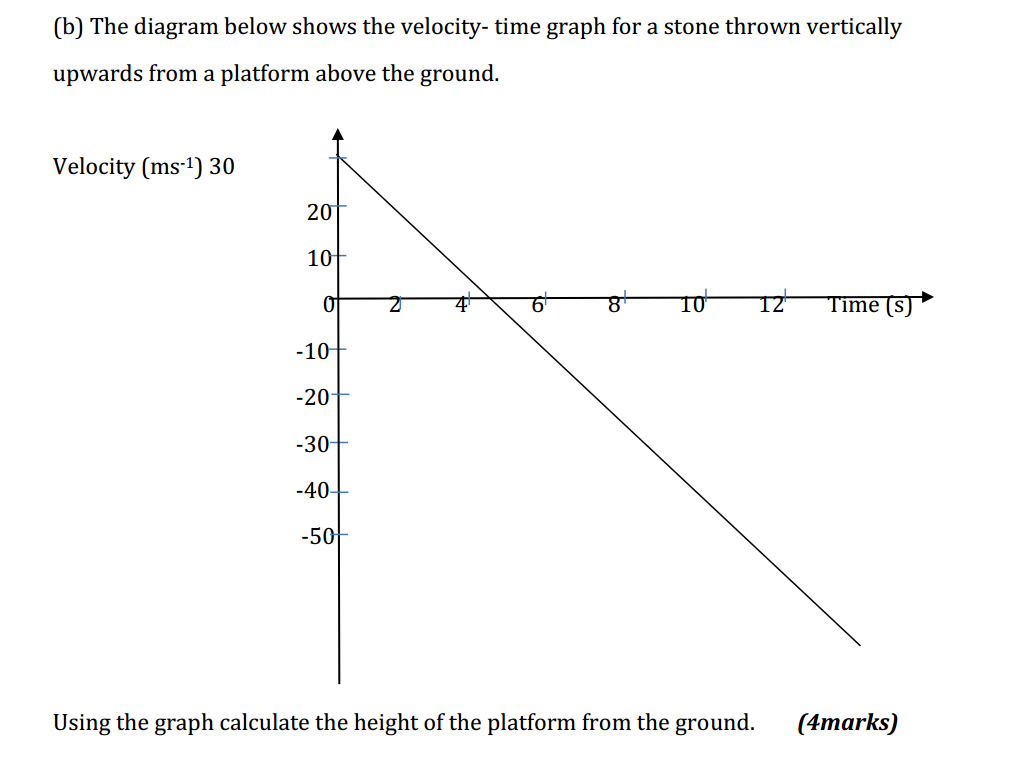











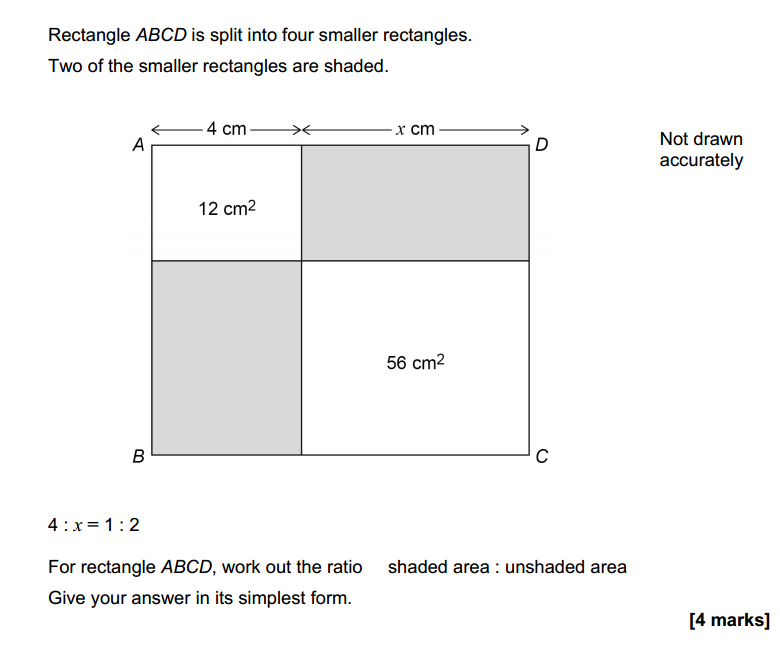






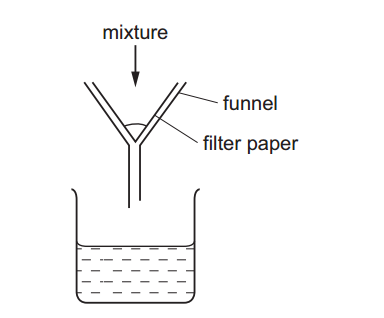

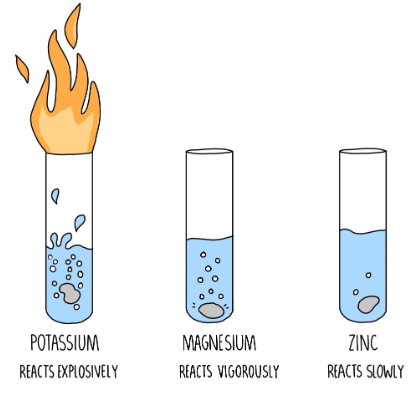




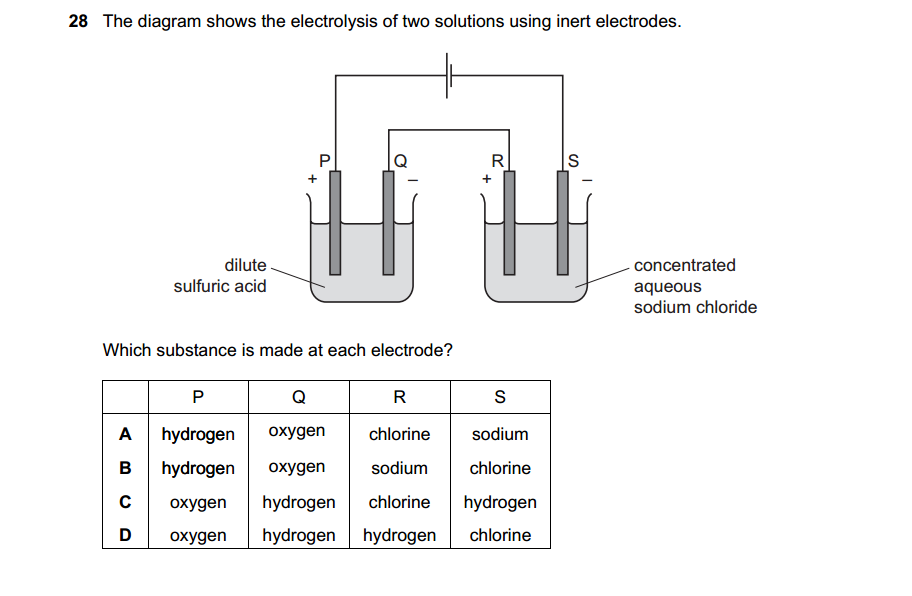

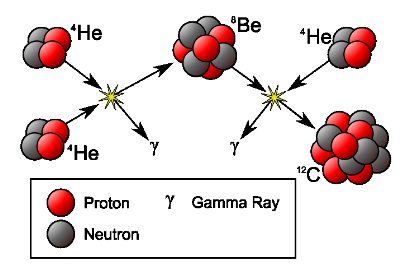
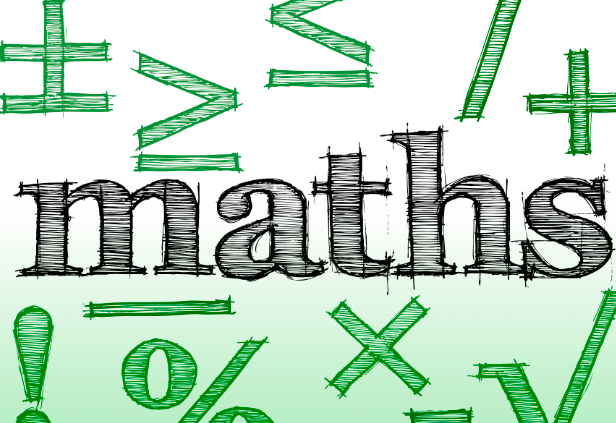






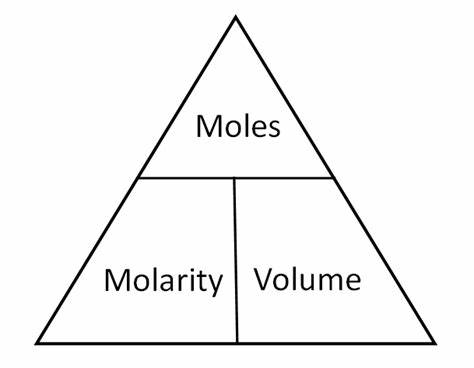










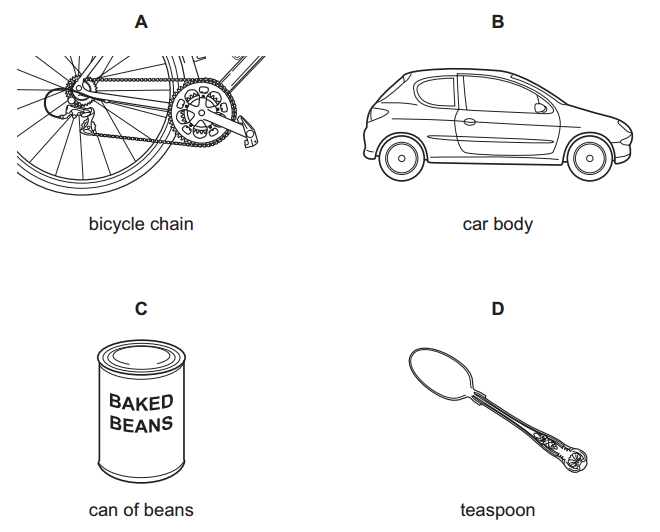












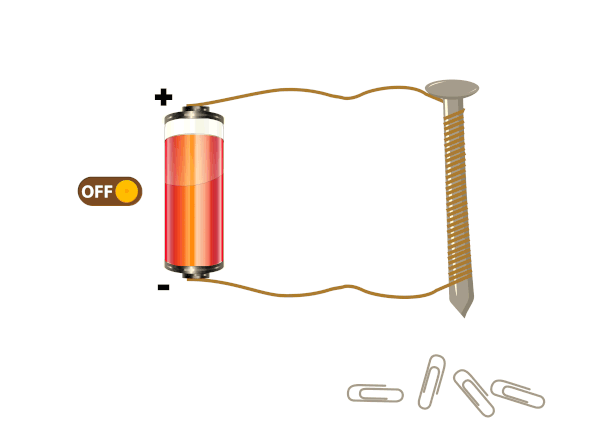
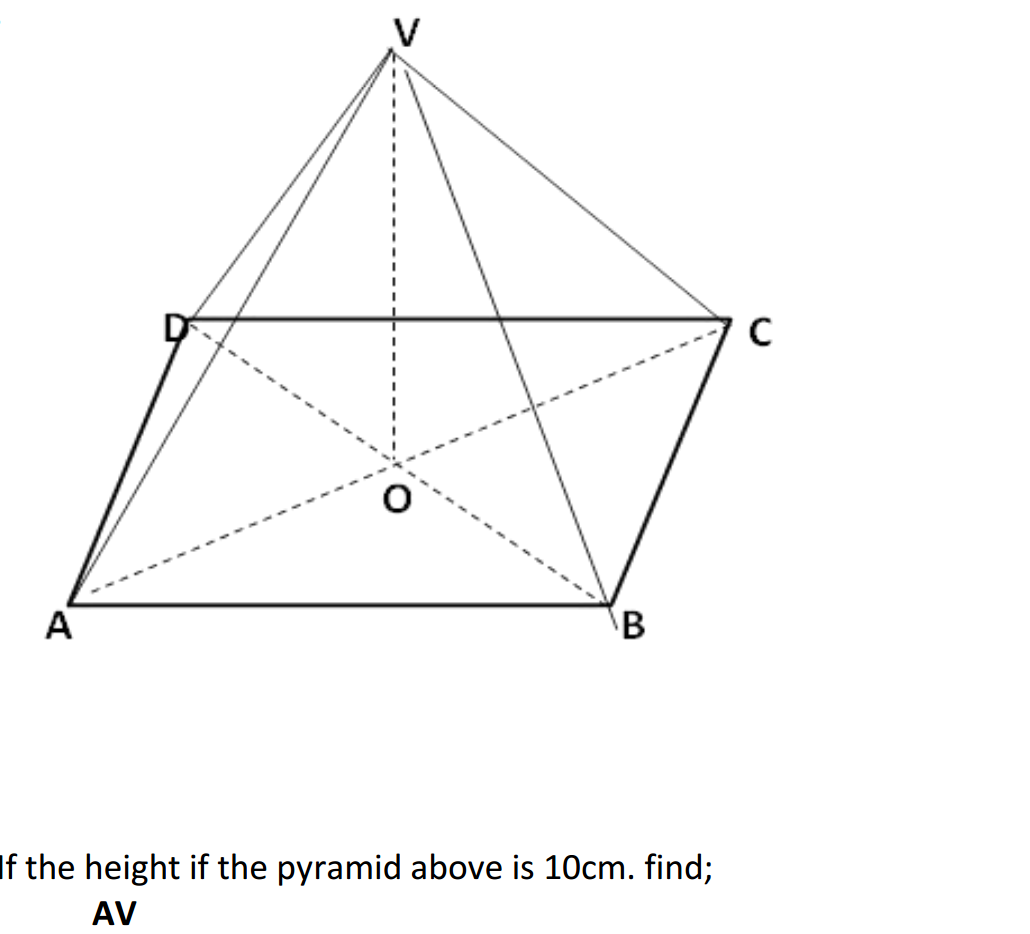





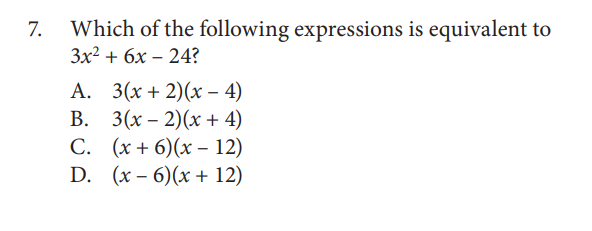
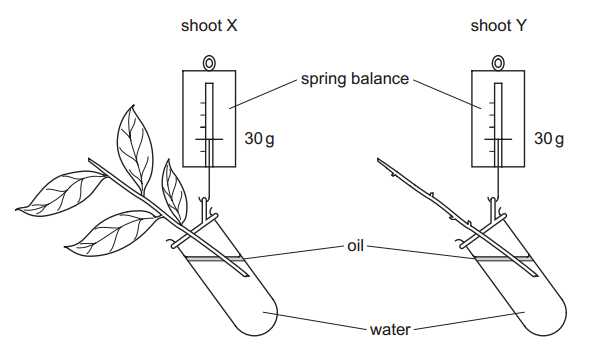






Great, thanks